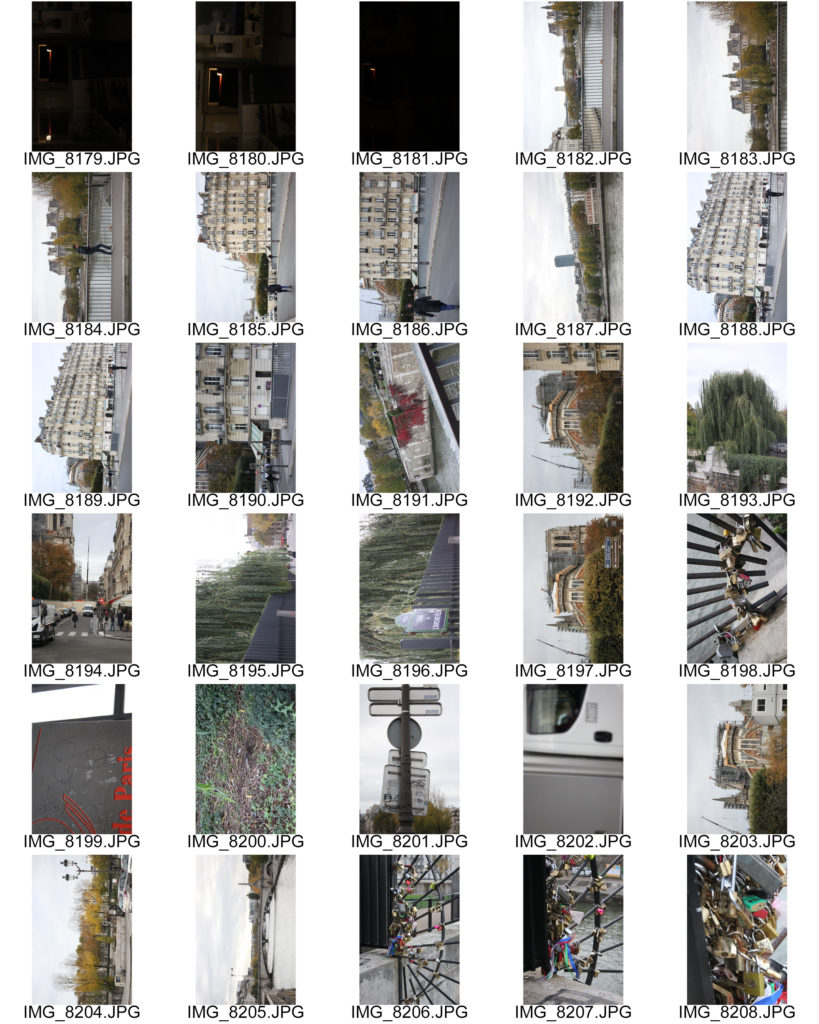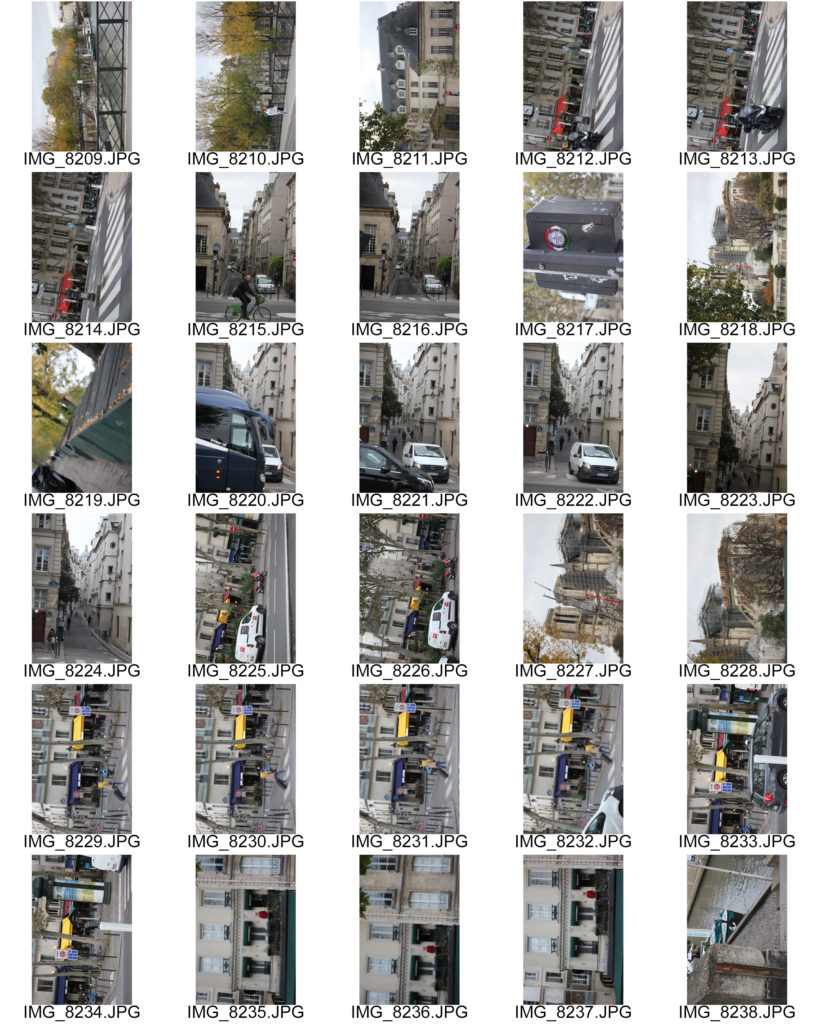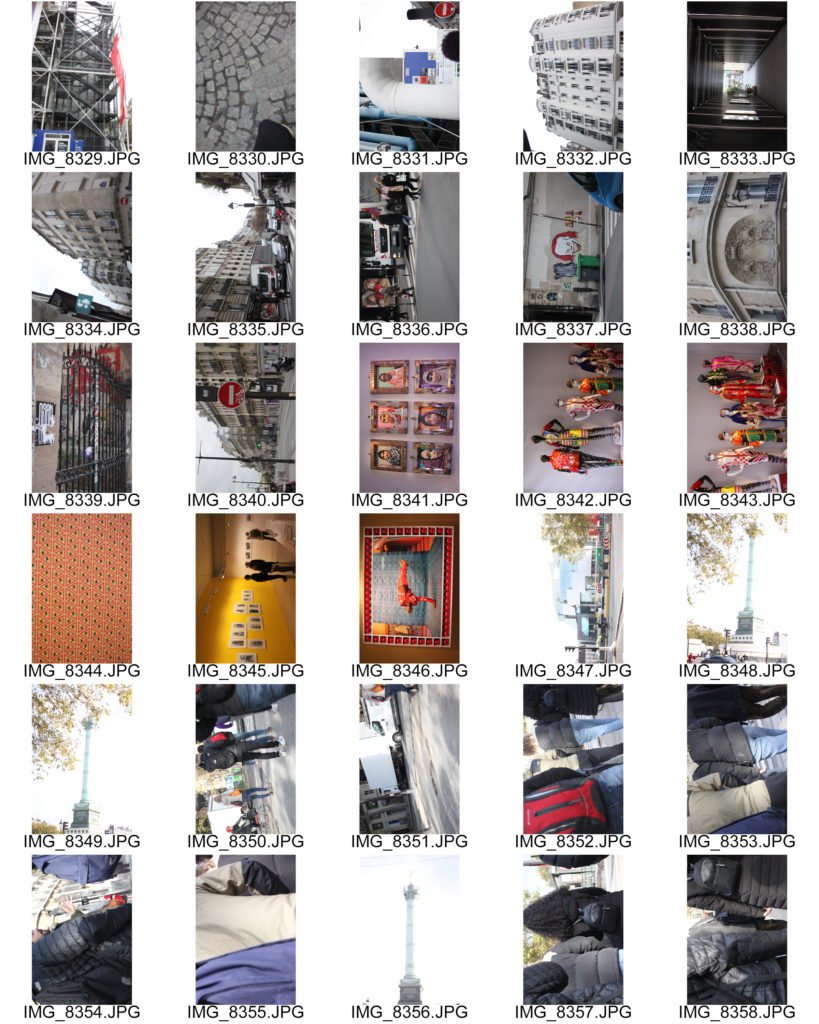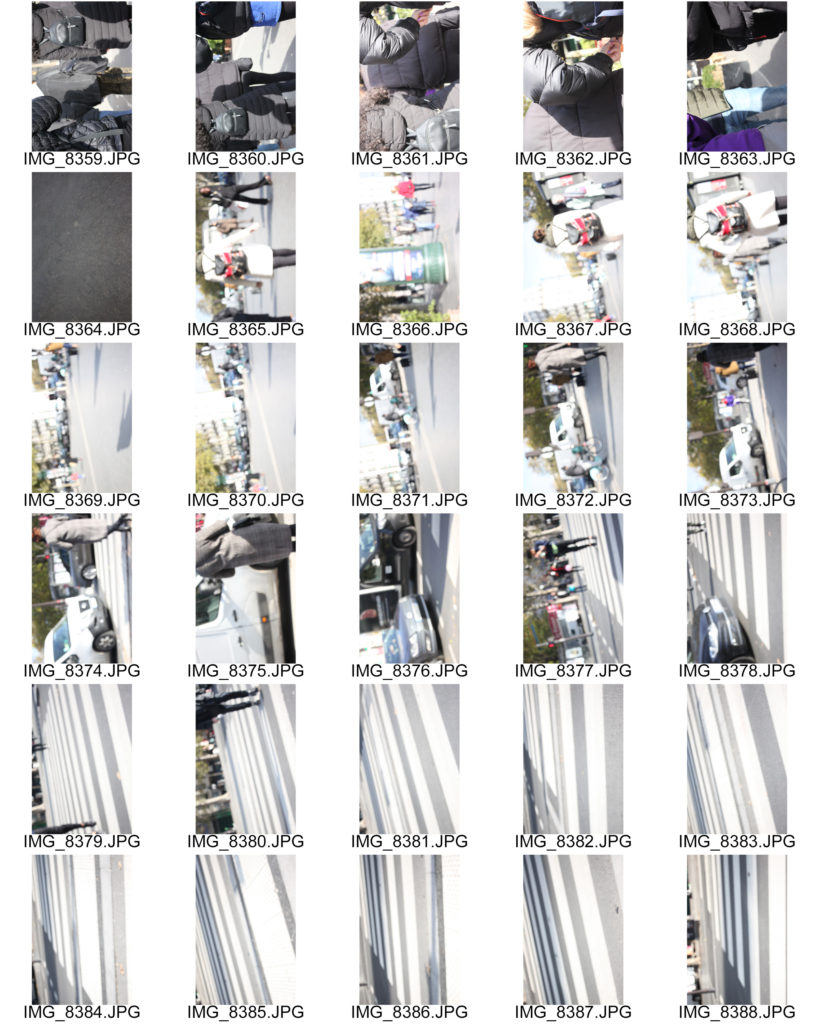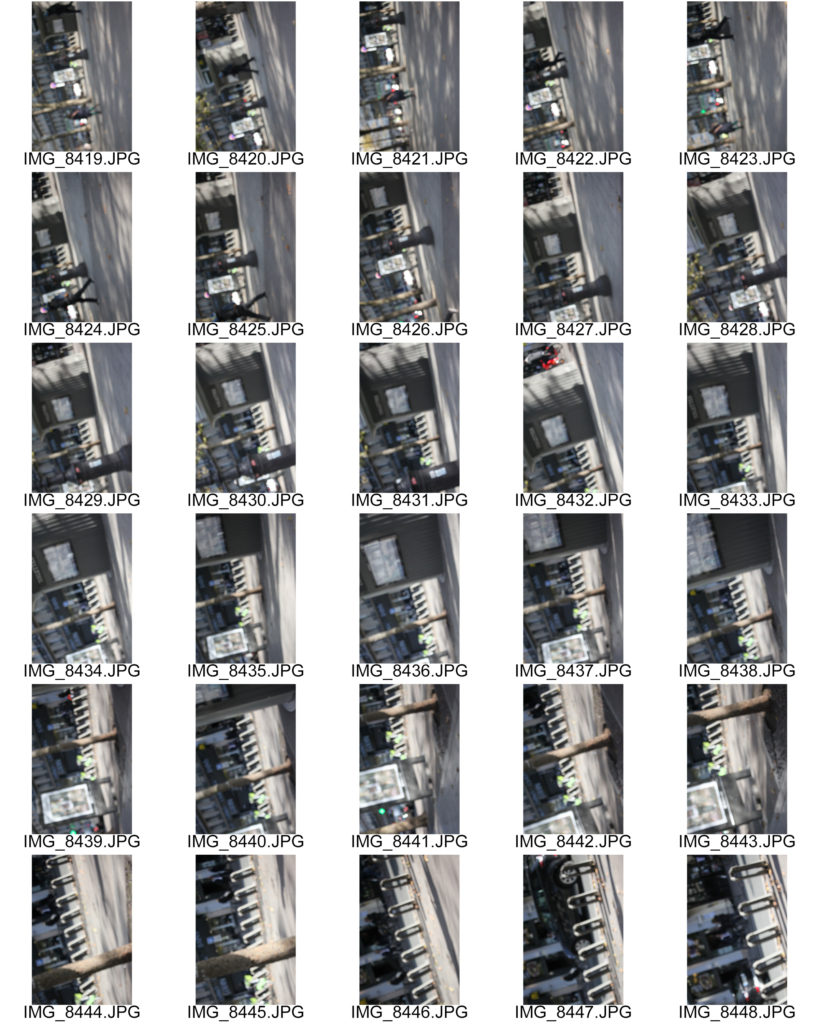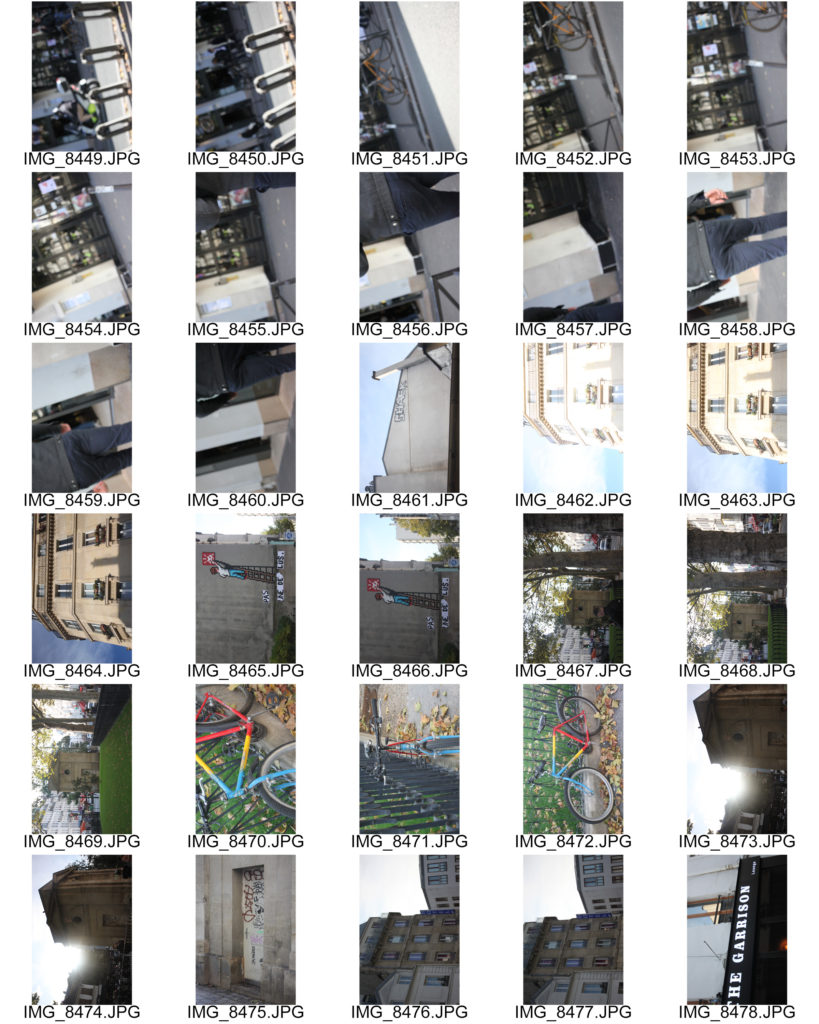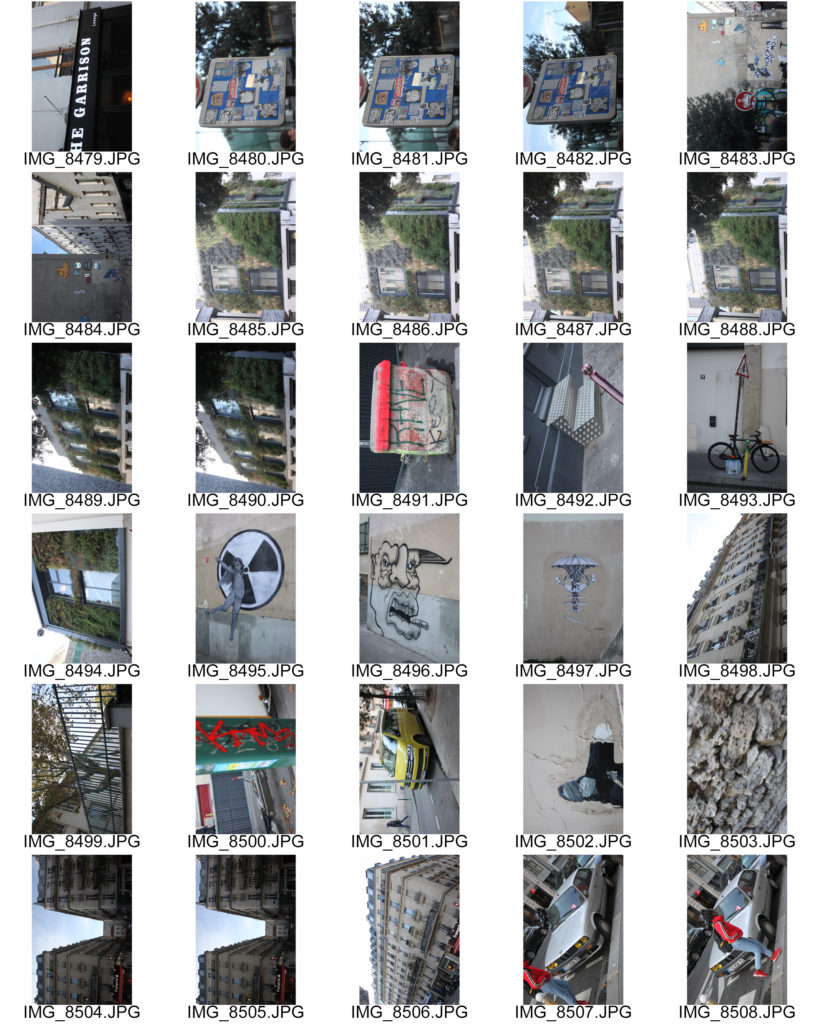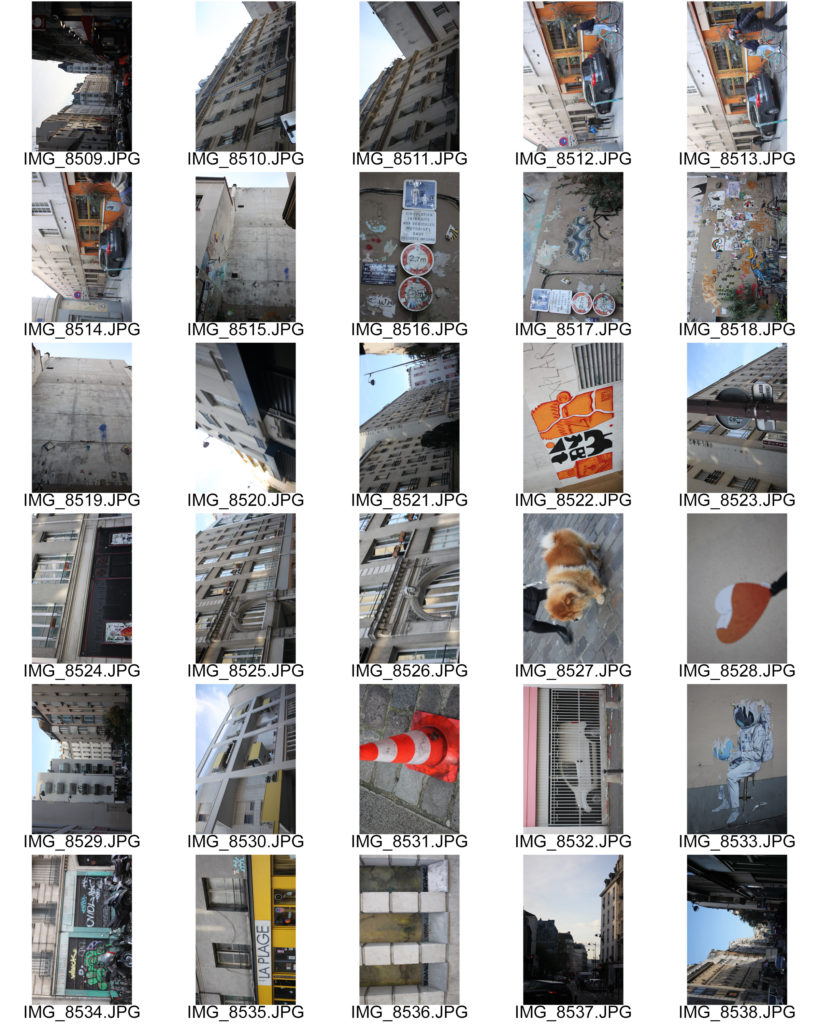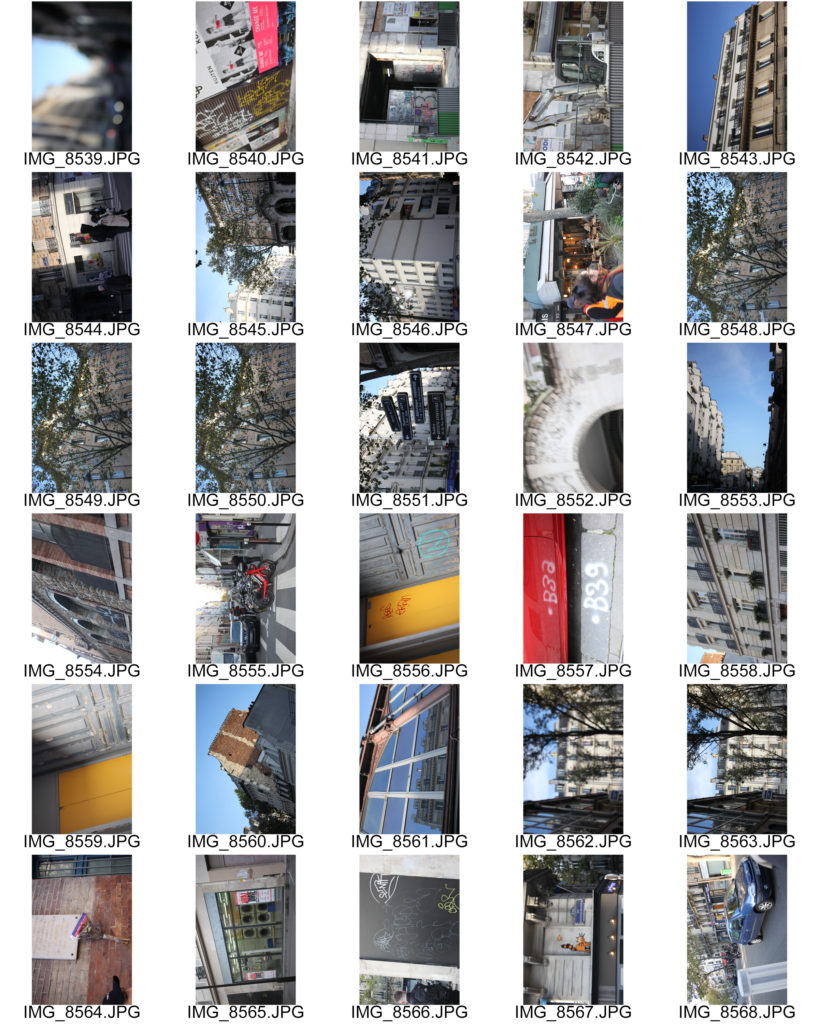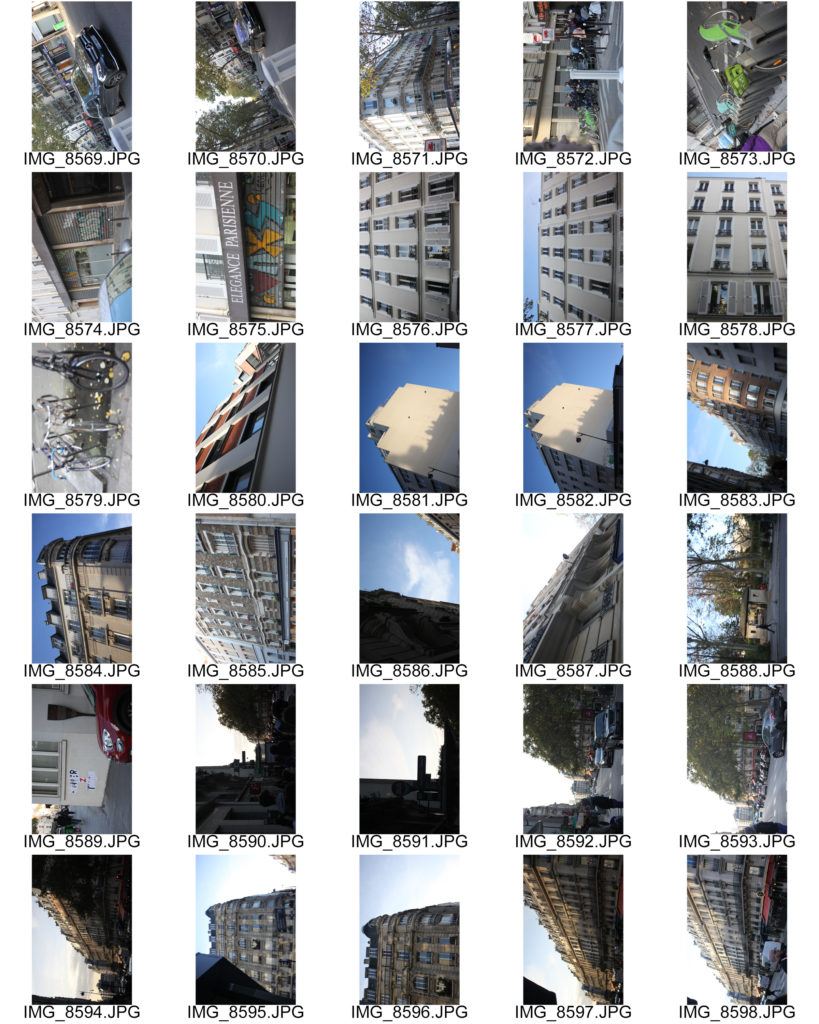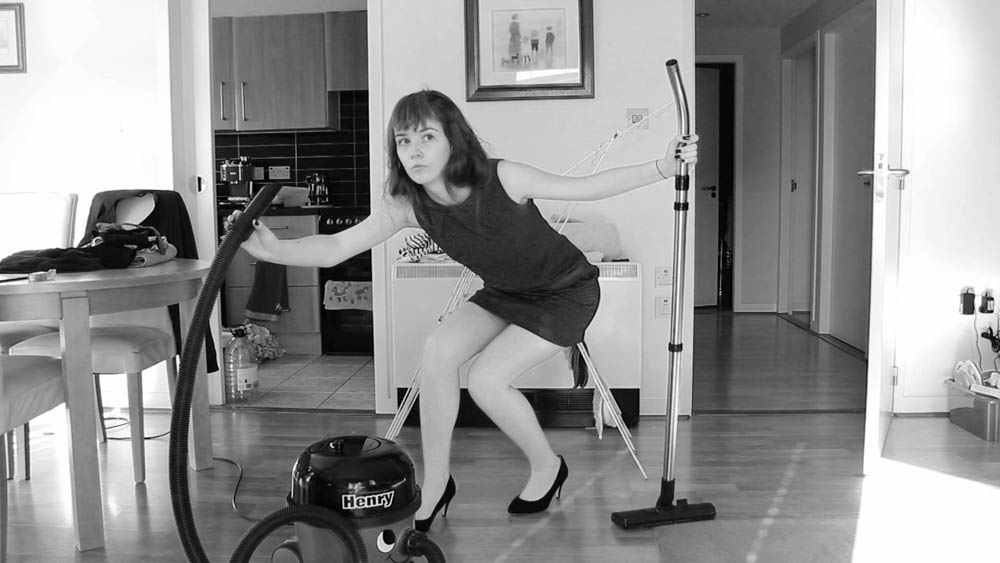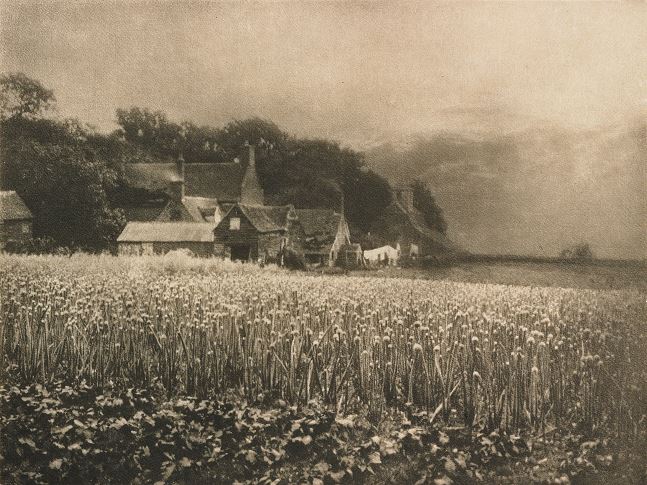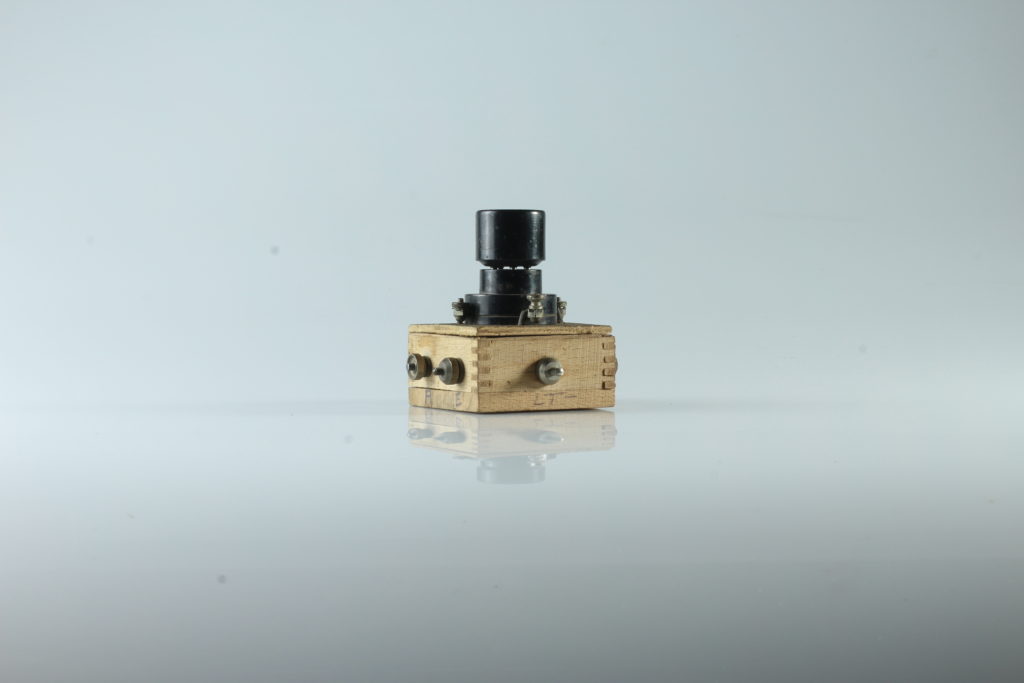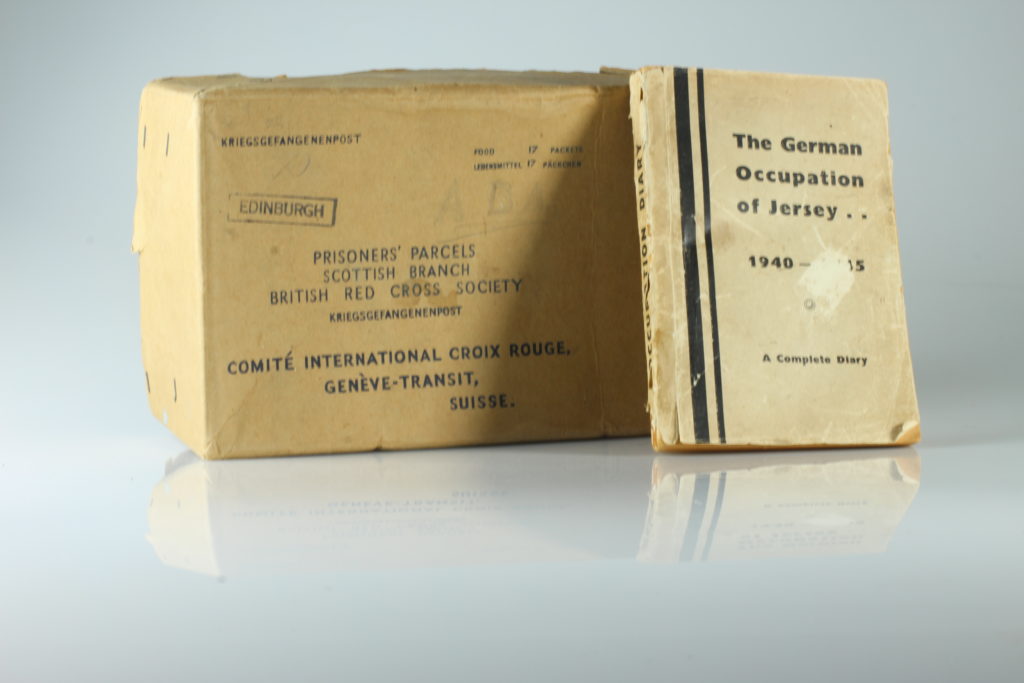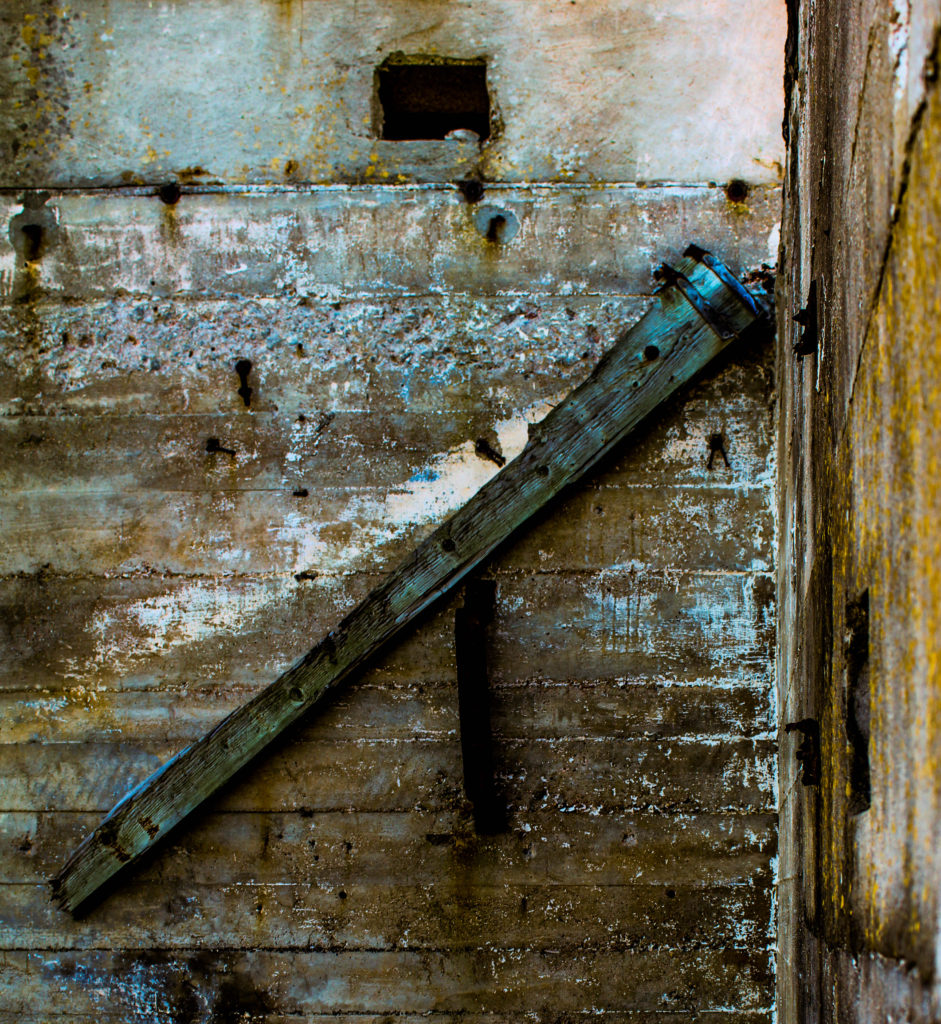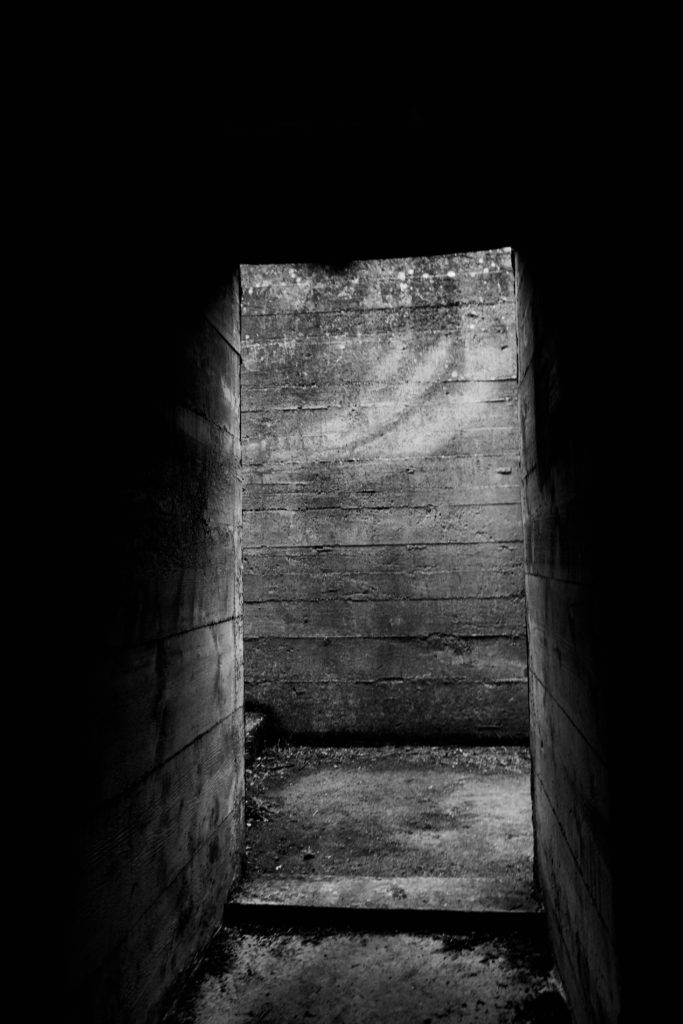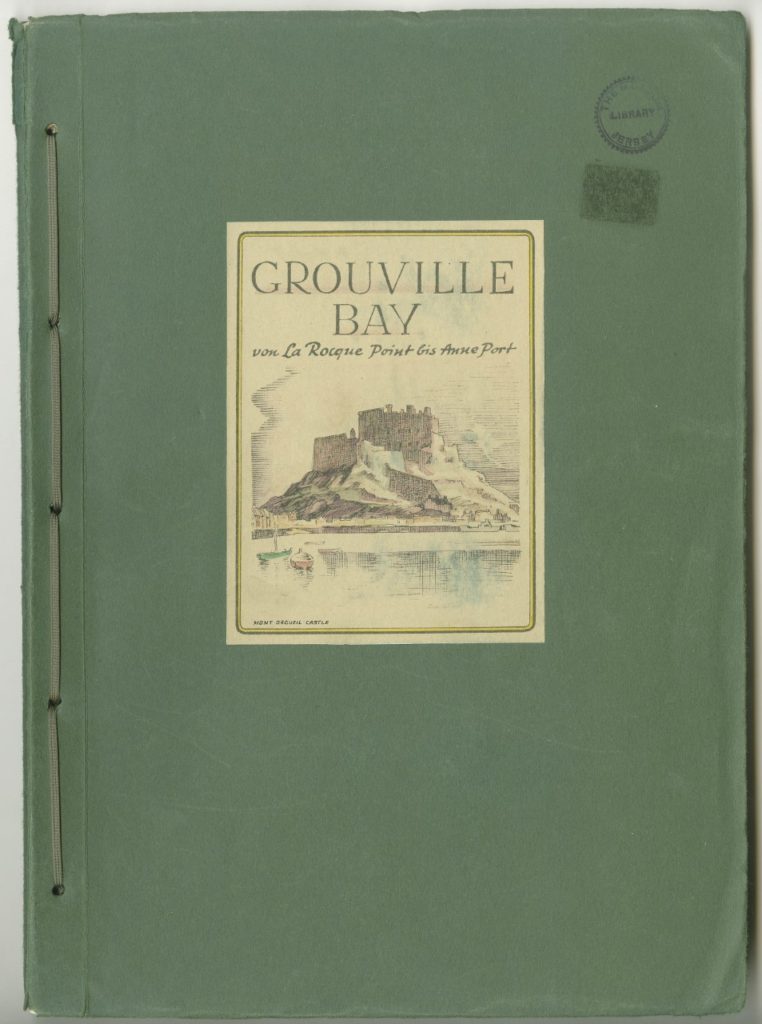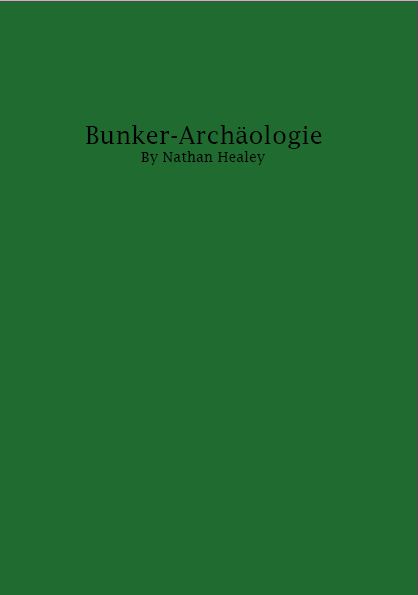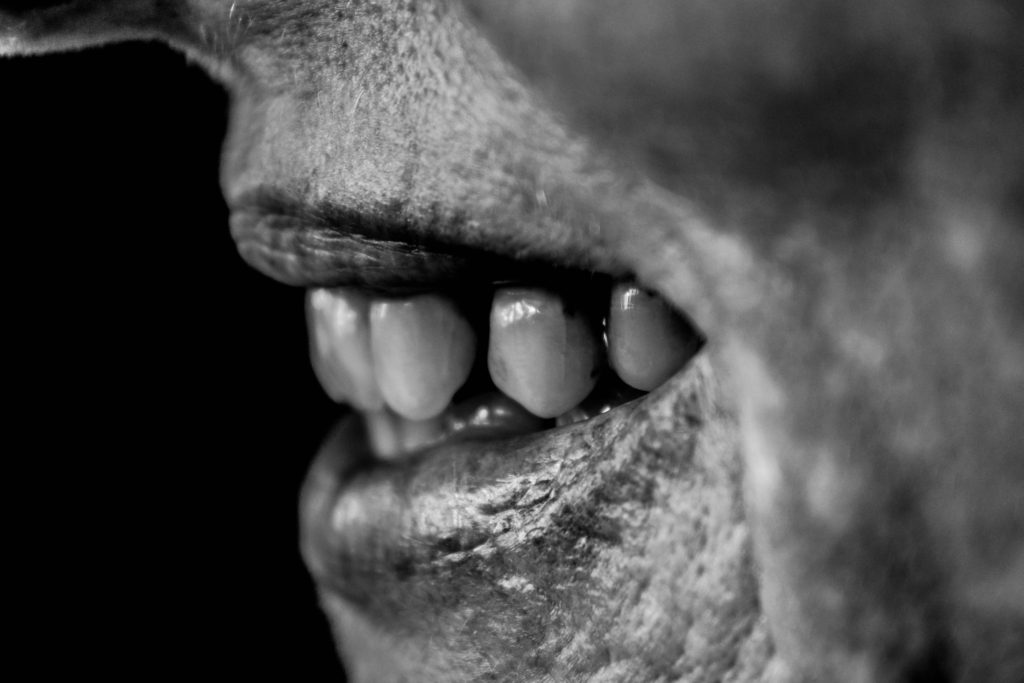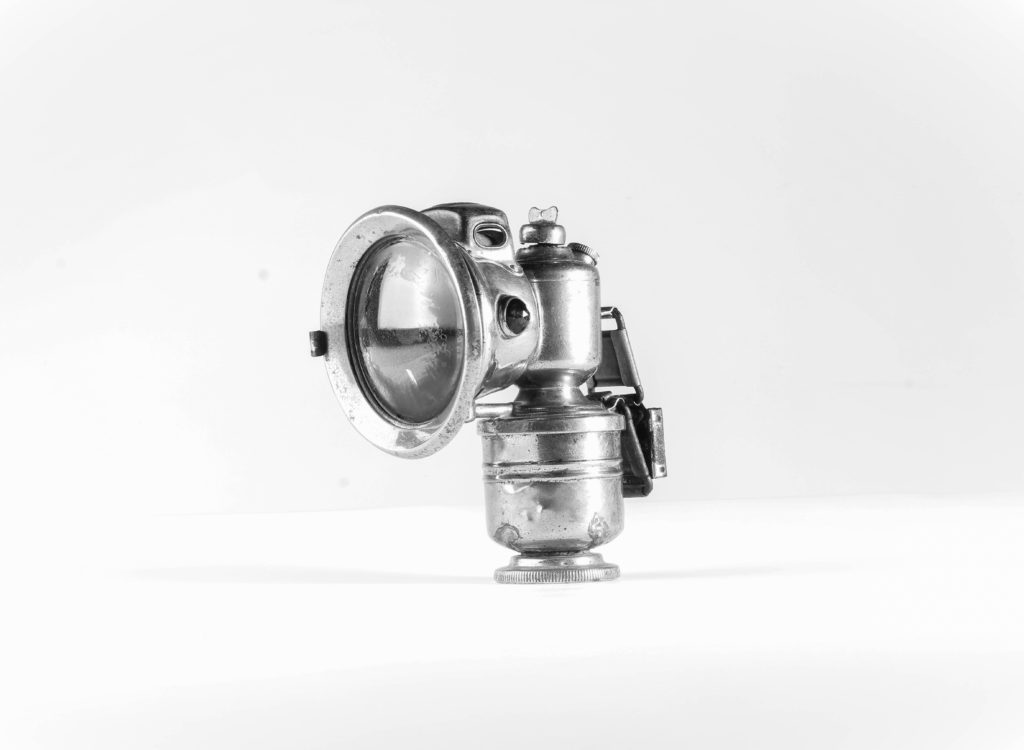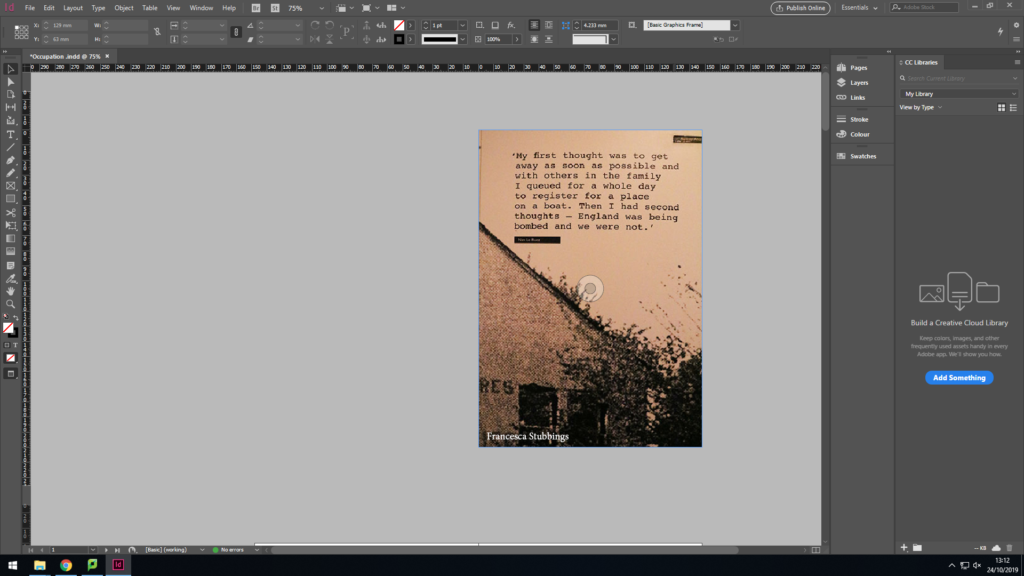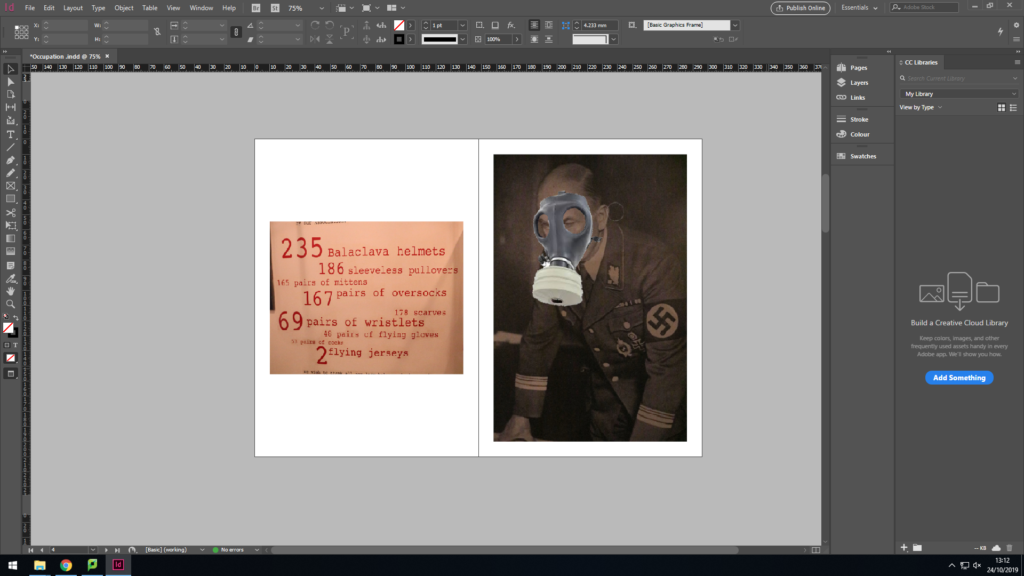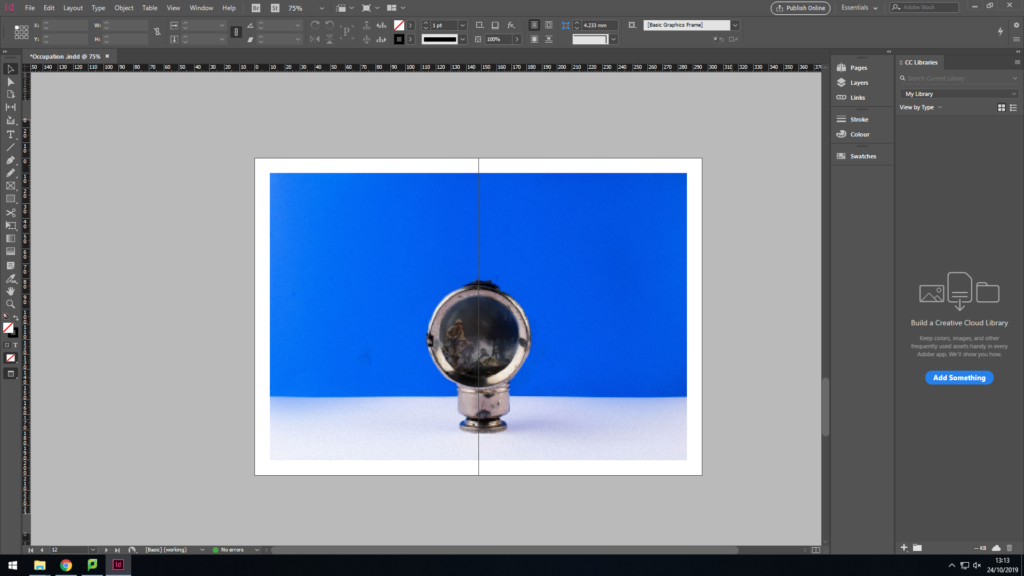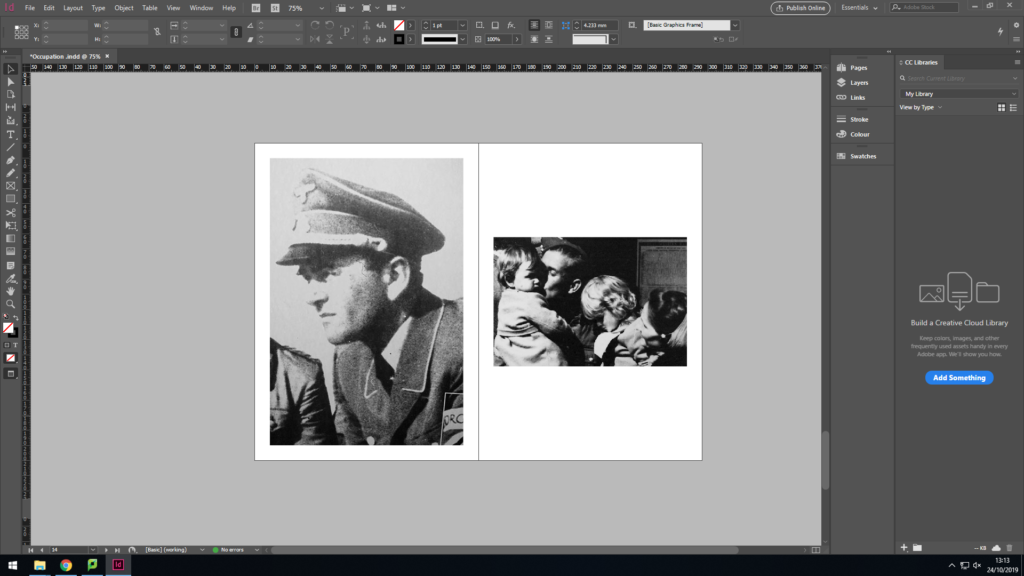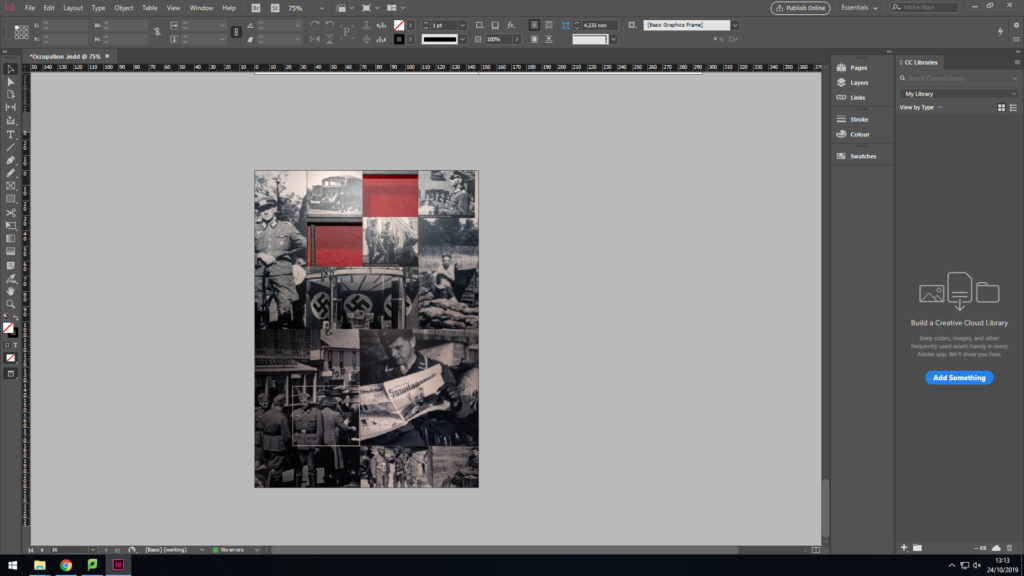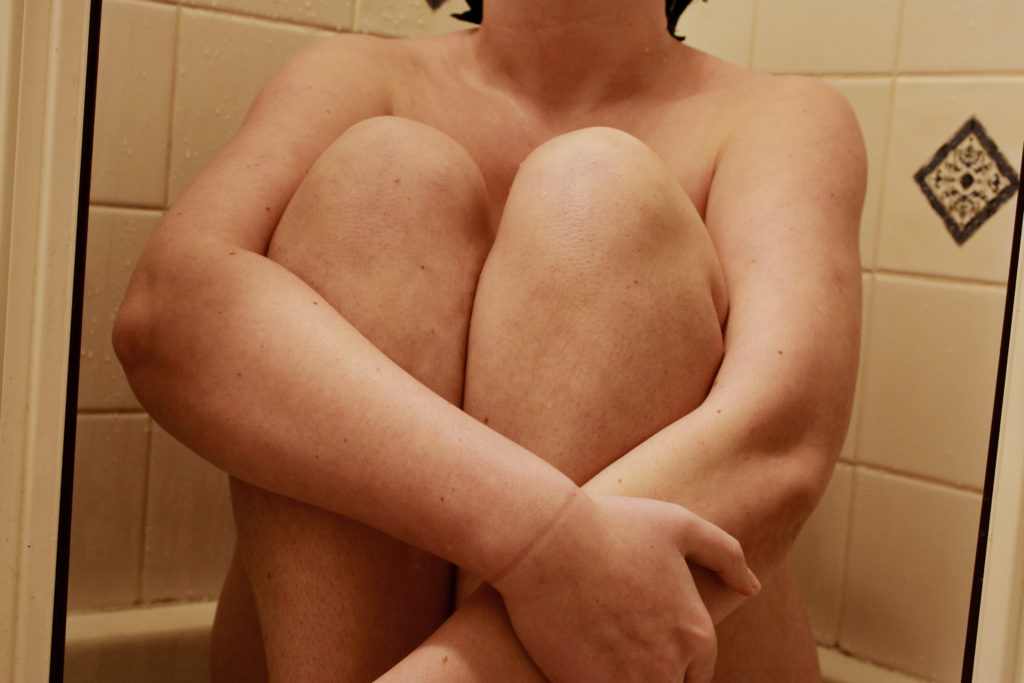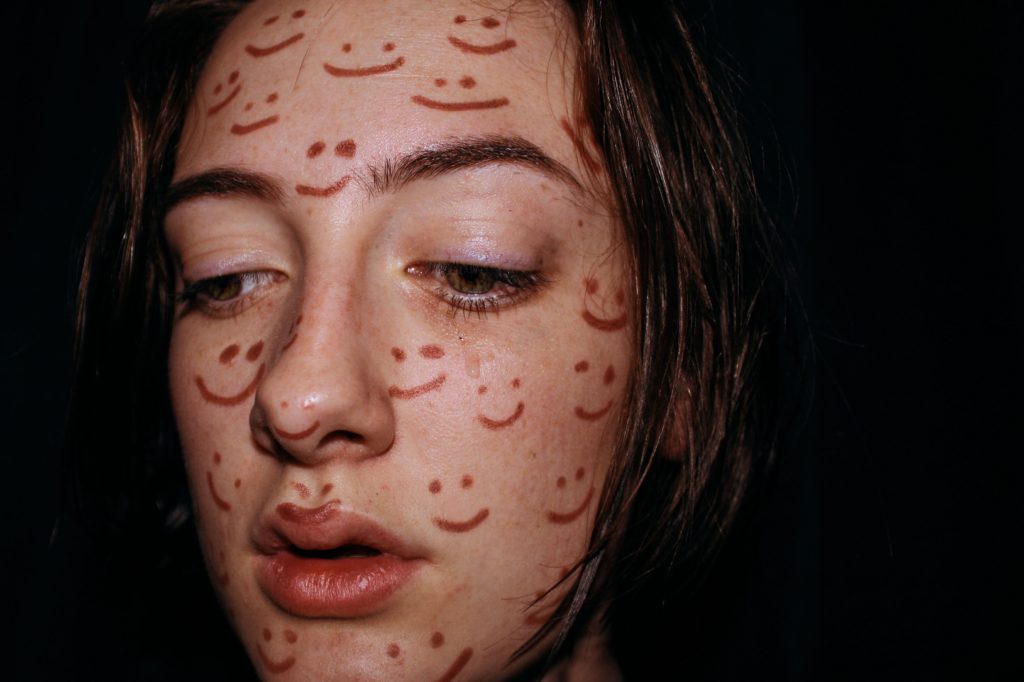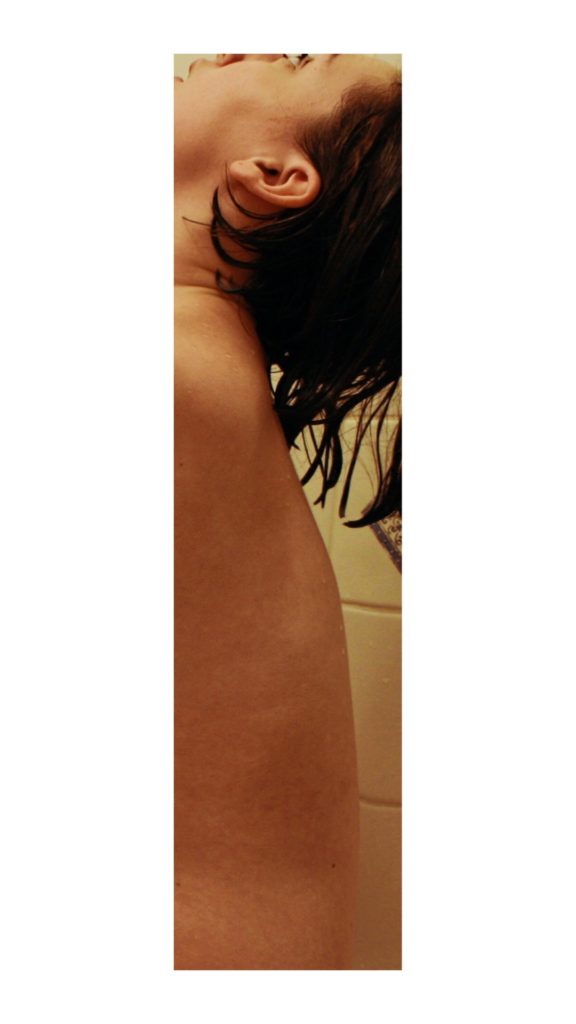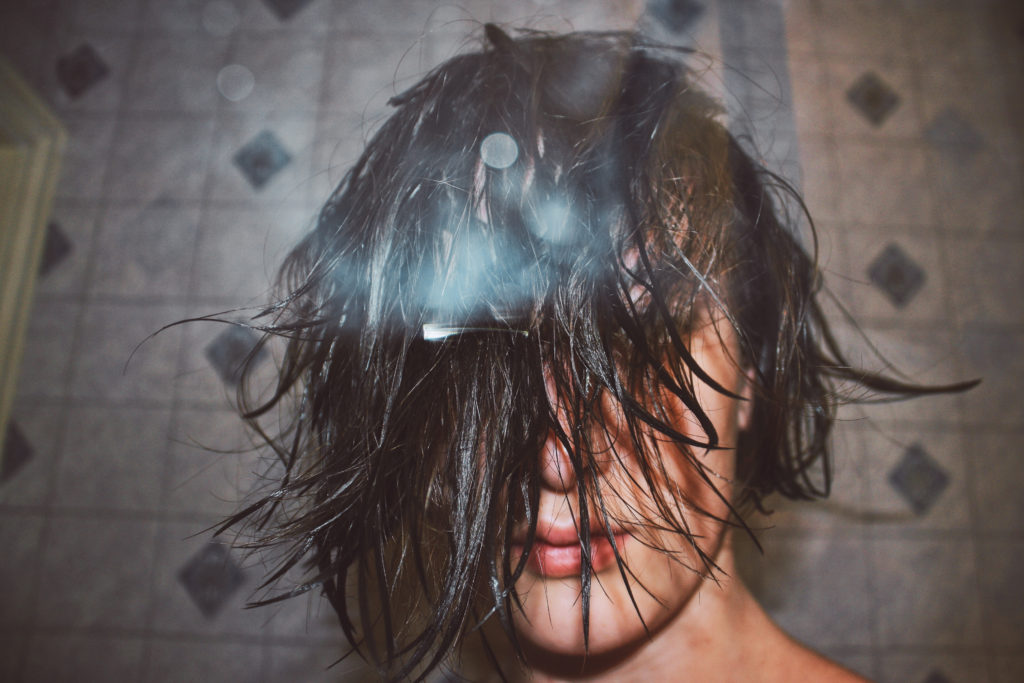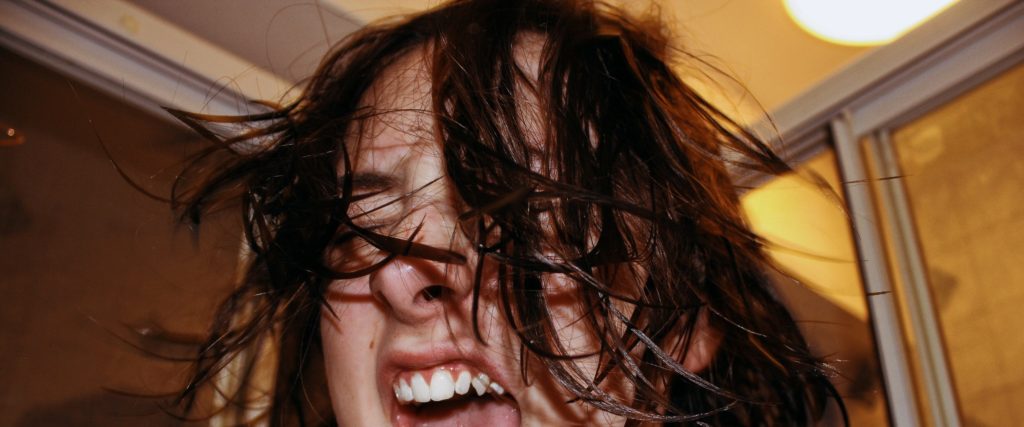Studying the theme of Occupation and Liberation so far has allowed me to explore different areas within the second world war, from bunker archeology to war veterans. Starting off this project I was able to look at the importance of archival imagery, after visiting Societe Jersiase. On this trip I was able to search through imagery which enriched my understanding of the war, providing social and historical understanding which I previously did not know. After this I produced an essay exploring the importance of archives, with references to artists and how archives have developed into modern day society. Soon after, I was informed about the history of the island’s Bunkers and there uses, which lead me onto exploring landscape photography, with experimentation of natural lighting and the environment. After conducting three different bunker photoshoots, in three different locations, I believed that I was able to show my ability to showcase Jersey’s history within imagery. This lead me to learning about photomontages, and how manipulating my images can lead to strong conceptual representation allowing my project and photographs to be further developed. This also lead me to learning about the Jersey War Tunnel and other tunnels around the Island used for different reasons, enriching my understanding of the war.
After this I then conducted research into what a zine is and zine making within photography, specifically as Sam Ivan. In this I learnt the importance of narrative and sequencing and the importance of the layout within a design. This lead me on to gaining an understanding of the software InDesign, allowing me to create my own photographic zine for the bunker imagery produced. When creating this I learnt that I could add archival imagery to help convey my conceptual and contextual representations. Creating my zine, showcased my landscape work in a way which shows my understanding of the war and the links to Occupation and Liberation
This then lead me to moving my focus onto portrait photography where I began my investigation look at a classical and contemporary photographer, Francis Foot and Michelle Sank. Researching these photographer gave me an understanding of what makes a successful portrait, through positioning, lighting and composition of the frame. This lead onto me conducting a photoshoot of Bob Le Sueur. Doing this thought me how to photographer someone who you have only just met, and the importance of trying to form a rapport with your model to try and showcase their personality and true self. I was able to learn about Bob’s stories and memories during the war, which influenced how I captured him in the studio. This then lead me to starting the Home Sweet Home project which looked at photographing the occupation within my house. Within this I learnt different styles of portraits, from environmental, candid, macro and establishing a shot, which were influenced by different artists such as Martin Parr. I also decided to look into my own family archive, giving me an in-depth understanding of my families history, thus influencing what I captured.
After looking at portrait photography I looked at objects, an area in which I have not done much research in previously. From this I learnt symbolic representations of different objects in a classical painting, and how the symbolism has transferred into todays society. This allowed me to learn the importance of studio lighting , with flash heads and consistent light sources when capturing at different angles. In addition, it reinforced my skills of capturing images on a tripod using a 50mm lens. This then allowed me to revisit photomontage where I explored the work of Ralph Milach, who combined portraits and objects to create a narrative, this style of documentary photography I much enjoyed producing. This then influenced a new photographic zine which combined portraits and objects in order to portray a narrative, reinforcing my knowledge of Indesign and narrative and sequencing.
To conclude, my photographic skills has significantly developed over the past couple of months, as I explore different areas within photography and different software to edit and display my work. I have personally really enjoyed the units which looked at landscape and objects, as I personally believed I managed to produce the strongest outcomes in these styles. I also think my contemporary outcomes, mainly photomontages with objects, have also been successful in presenting clear conceptual and contextual representations. These two areas in photography are the areas that I would like to mainly loom at for my personal investigation.




